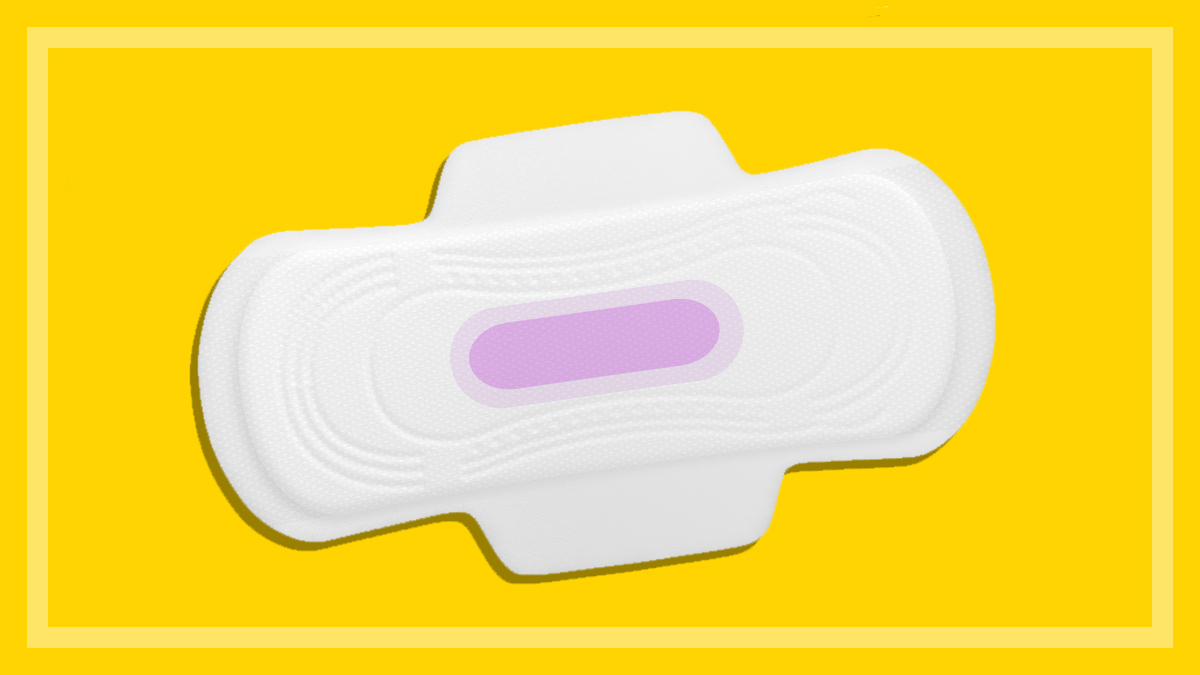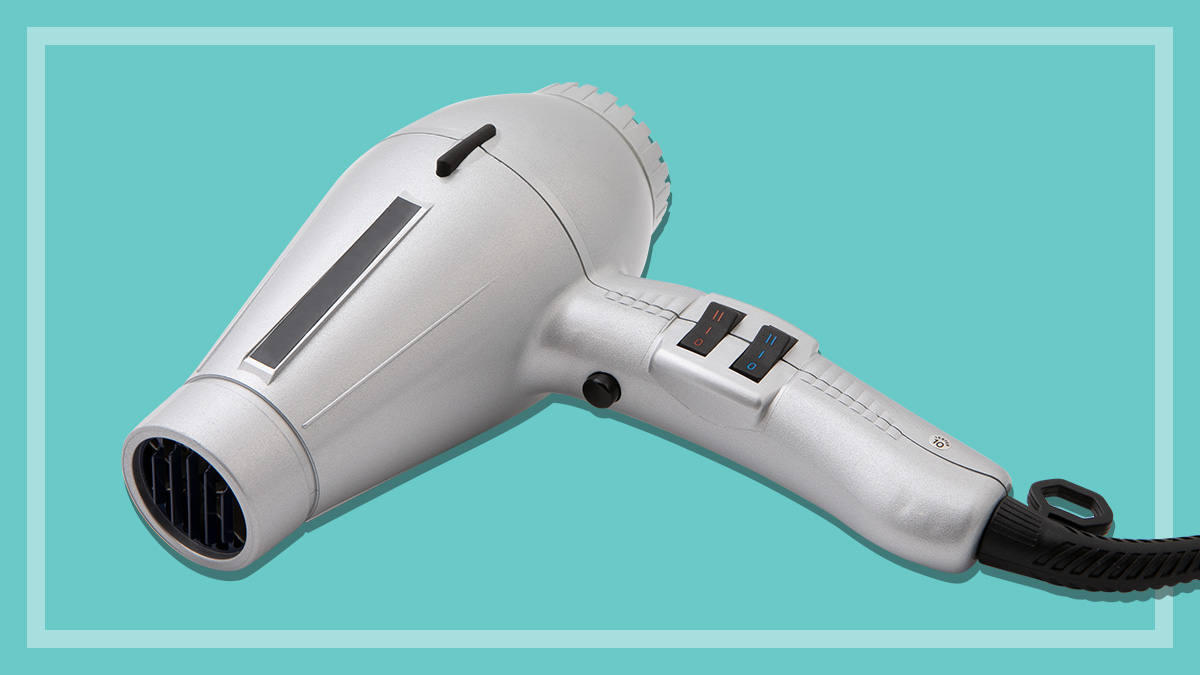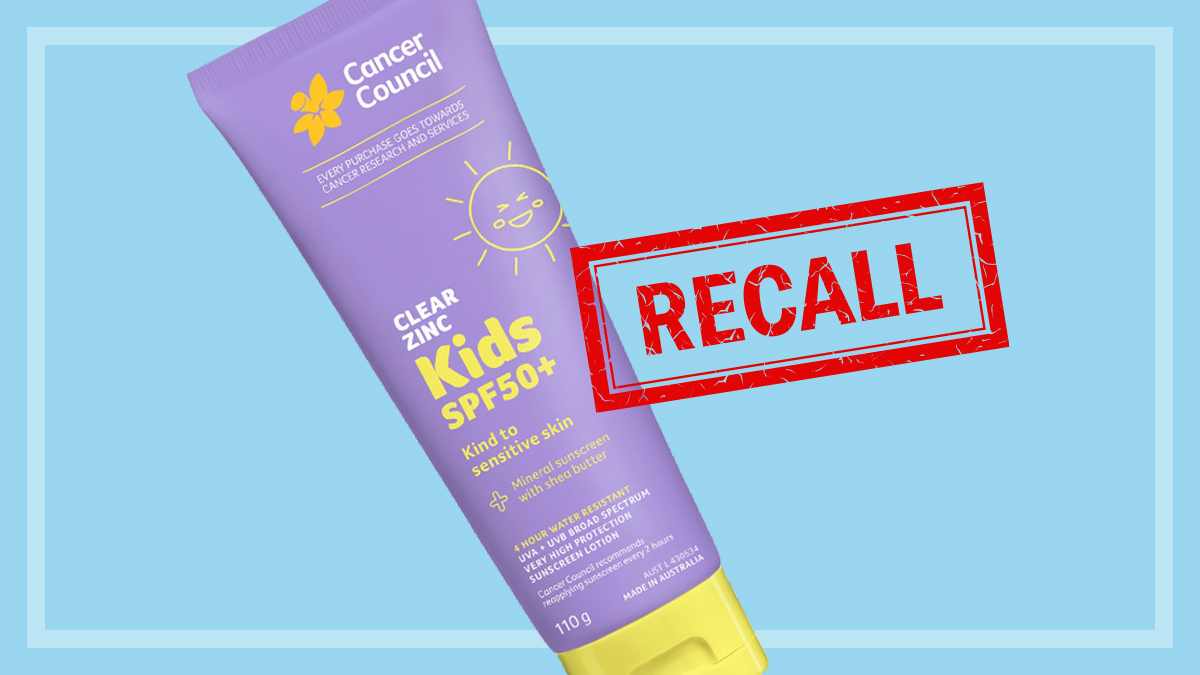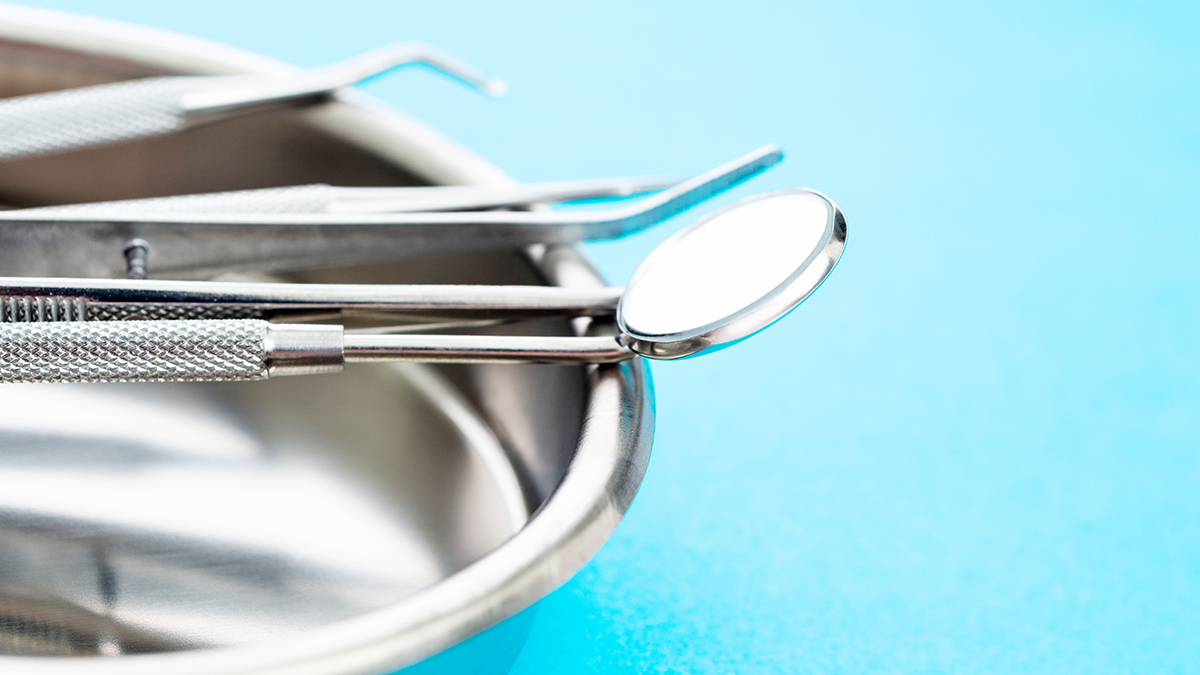Get our independent lab tests, expert reviews and honest advice.
Buying the right tampons and sanitary pads for your needs
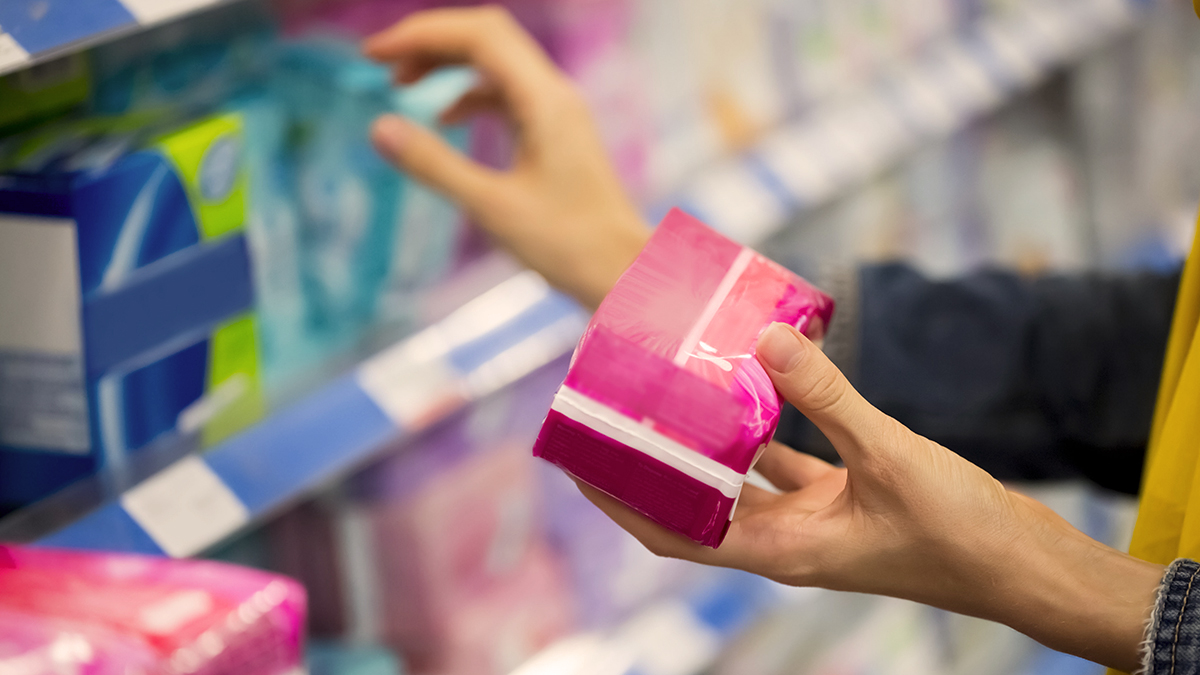
Sanitary pads (also known as menstrual pads) are by far the product of choice when it comes to that time of the month. According to Retail World, in 2018 pads were worth a whopping $155.4 million in grocery value. In comparison, tampons were worth $68.6 million.
On this page:
- Types of sanitary pads
- Types of tampons
- What is Toxic Shock Syndrome?
- How much do sanitary pads and tampons cost?
- Period underwear and menstrual cups
- What to look for in a sanitary pad and tampon
- How to safely dispose of a sanitary pad or tampon
When buying disposable period products like pads and tampons, you’ll quickly realise how much is on offer – and navigating through the different products and brands can be confusing. We help you make sense of the options, looking at what each product can do, how much it costs, and how to safely dispose of it so you can take some of the hassle out of your period.
Types of sanitary pads
Sanitary pads are an external form of period protection that stick to the crotch of your underwear and absorb menstrual blood.
Regular pads offer medium absorbency, which is perfect for when your flow isn’t at its heaviest (generally from around day three onwards).
Super pads offer high absorbency, which is perfect for those heavy days (usually the first couple days of your period).
Night pads are generally thicker and longer than regular pads. The extra length offers greater absorbency for the hours that you’re asleep and helps to keep you covered, regardless of your sleeping position.
If you prefer to use tampons, using an overnight pad (or super pad) for when you go to bed is a good idea. Ideally, you shouldn’t leave a tampon in for longer than eight hours, as that increases the risk of Toxic Shock Syndrome (TSS).
Maternity pads are extra thick, and perfect for new mums. Some products even add aloe vera for soothing.
Liners are handy for ‘just in case’ protection if you’re expecting your period and for when you’re at the end of your period. You can also use them if you just want to keep your undies fresh.
During our research, we noticed that there are varying levels of thickness among liners. Some products are wafer thin, providing very little (to nothing) in terms of absorbency. These types of liners will do the job if you’re just looking for everyday freshness.
Which type of pad do you need?
You’re likely to use a mixture of liners, regular and super (and maybe night) pads throughout the different stages of your period.
You know your flow the best, so once you’re familiar with your period and its different stages, you’ll know when to use certain products for the best protection.
Pads made from organic cotton
In our recent sanitary pads test, we included pads from Cottons Organic, Libra, Oi and Tom Organic that are made using organic cotton. All these products leaked and had low absorbency scores.
Our lab experts predicted that the organic cotton doesn’t have the absorbency speed of products that use absorbent polymers and that the saline solution used for the test resulted in slow absorption and leakage. We retested these products using water only and saw improvements in some products while others had similar results.
Disposable vs reusable pads
Using disposable pads each month isn’t cheap – by our calculations, it’ll cost you as much as $436.80 over five years. On top of that, due to their construction and packaging, disposable pads take between 500 and 800 years to biodegrade in landfill. But pads are a comfortable and easy form of period protection, especially if you’re just starting out.
Using disposable pads will cost you as much as $436.80 over five years
If you want to stick with pads but are after a more eco-friendly option, reusable cloth pads made from cotton, bamboo and charcoal-bamboo are a washable alternative to single-use menstrual pads. They tend to have a multi-layered core for extra absorbency, and they’re designed to be worn again and again (some brands claim their pads can be worn and washed for up to two years, while others say 18 months).
Given you’ll go through roughly 11,000 pads or tampons in your lifetime if you menstruate, reusable period products certainly offer some environmental benefits, even if they don’t solve waste issues entirely.
Types of tampons
Tampons are a menstrual product that is inserted inside your vagina to absorb menstrual flow during your period. They’re small, basically invisible and convenient if you want to participate in water activities or sports.
Like pads, tampons come in different absorbencies, most commonly regular and super, but there are smaller sizes available as well (some brands like Libra offer a ‘girls’ range designed for smaller bodies, while Kotex and Carefree offer a mini size tampon for a light flow).
Regular tampons are for a medium flow and claim to absorb up to 11g.
Super tampons are for a heavy flow and claim to absorb up to 14g.
You’re likely to use a mixture of regular and super tampons throughout the different stages of your period. If you’re using a regular tampon and notice overflow onto the string or your underwear, you should consider using a super tampon to avoid leaks.
What is Toxic Shock Syndrome?
Toxic Shock Syndrome (TSS) is rare but can be a potentially life-threatening illness. It’s caused by infection with two types of bacteria: Staphylococcus aureus and Streptococcus pyogenes. It’s thought to be associated with tampon use, as the naturally occurring bacteria in the vagina can overgrow if a tampon is left in for a long time.
You can reduce your risk of TSS by changing your tampon at least every four hours and following good hygiene practices during your period and when using a tampon. Leaving a tampon in for longer than eight hours can increase the risk of infection and irritation, so it’s a good idea to use sanitary pads instead of tampons overnight.
How much do sanitary pads and tampons cost?
Pads are available in a variety of pack sizes and the per-product cost ranges from 5c to 60c. The same goes for tampons, whose per-product cost ranges from 11c to 37c.
Considering you’ll generally get your period every month for around 40 years, this cost definitely adds up. So it’s important to consider value for money as well as a good performing product. Look for larger packs if they’re available and stock up when you find them on sale.
Are menstrual products tax-free?
Making sanitary products exempt from GST has long been argued since the GST was introduced in the year 2000.
Following an 18-year-long campaign, states and territories removed the tax in January 2019, with the following menstrual products now exempt from GST:
- tampons
- menstrual pads and liners
- menstrual cups
- maternity pads
- leak-proof underwear.
Period underwear and menstrual cups
Period underwear has been making ground in recent years as a more sustainable form of period protection for environmentally conscious consumers. Each pair has a moisture-wicking layer over an absorbent layer in the gusset, protected by a leak-resistant layer, and most importantly you can wash and reuse them (many claim to be reusable for a couple of years).
Menstrual or ‘moon’ cups, on the other hand, work by sitting low in the vaginal canal and collecting menstrual flow rather than absorbing it. These rubber or silicon cups can be folded into place and inserted so that the cup forms a seal that prevents blood from leaking out. Once it’s full, you simply remove, empty, wash and reinsert it. Menstrual cups are designed to last for several years or more and can be a cost-effective option in the long run.
We’ve previously trialled period underwear as well as menstrual cups.
What to look for in a sanitary pad and tampon
Absorbency
This is the most important consideration when choosing sanitary pads and tampons. Along with words like ‘regular’ and ‘super’, some manufacturers also use images of ‘droplets’ on their packaging to describe their absorbency rate. Fewer droplets is for lighter days during your period, while more droplets indicates the product is suitable for a heavier flow. The images of droplets can be difficult to decipher, but once you know your flow you’ll be able to choose the right product accordingly.
Wet feeling
Ideally sanitary pads should absorb the flow away from the surface of the pad, leaving you feeling dry. However, some products do a better job of this than others.
Wings
Wings are the extra material on the sides of the pad that fold over the sides of your undies and stick to the underside. They work to keep the pad securely attached and give extra protection against leaks.
In our testing, we found that the wings help to draw liquid back into the pad. But whether you choose a product with or without wings all comes down to personal preference.
Applicators
Some tampons come with an applicator which helps with insertion, especially if you’re new to using tampons.
Thickness
Some sanitary pads are thicker than others, which can affect how discreet the product looks and feels.
Size
Some manufacturers of sanitary pads use terms like ‘extra long’ when their product is longer in length for added protection.
Other claims
Some of the marketing claims made by sanitary pad manufacturers include:
- sports
- flow guards
- flexible
- breathable
- body-contoured shape
- anti-leak protection.
All these claims can make it difficult when choosing what to buy. You may need to try a few different products before you find the one that’s right for you. But ultimately you need a product that’s absorbent and comfortable.
How to safely dispose of a sanitary pad or tampon
The best way to get rid of a used sanitary pad or tampon is in a bin. Shopping centres and other public places often have sanitary disposal bins, and it’s a good idea to use these when they’re available, as it’s the most hygienic way to dispose of your sanitary pads and tampons.
Never dispose of your pads or tampons by flushing them down the toilet. It can cause serious drain blockage
It’s understandable that being discreet during this time of the month is important to many, but you should never dispose of your pads or tampons by flushing them down the toilet. It can cause serious drain blockage, not to mention become hazardous waste.
Information for parents and teachers
On average, a first period tends to occur at around age 12, but it can happen earlier or later than that. It’s important to equip young people with knowledge on what to expect and what period products are available for them to use, given they’ll likely have many years of menstrual cycles ahead of them.
Some manufacturers also offer free samples of their various products – for example, Libra offers free samples as well as educational resources for parents and kids as well as teachers and educators.
In a bid to help schools promote positive menstrual health, boost confidence and ensure getting your period doesn’t create a barrier to education, a number of state governments have rolled out (or are rolling out) free access to sanitary products in government schools.

